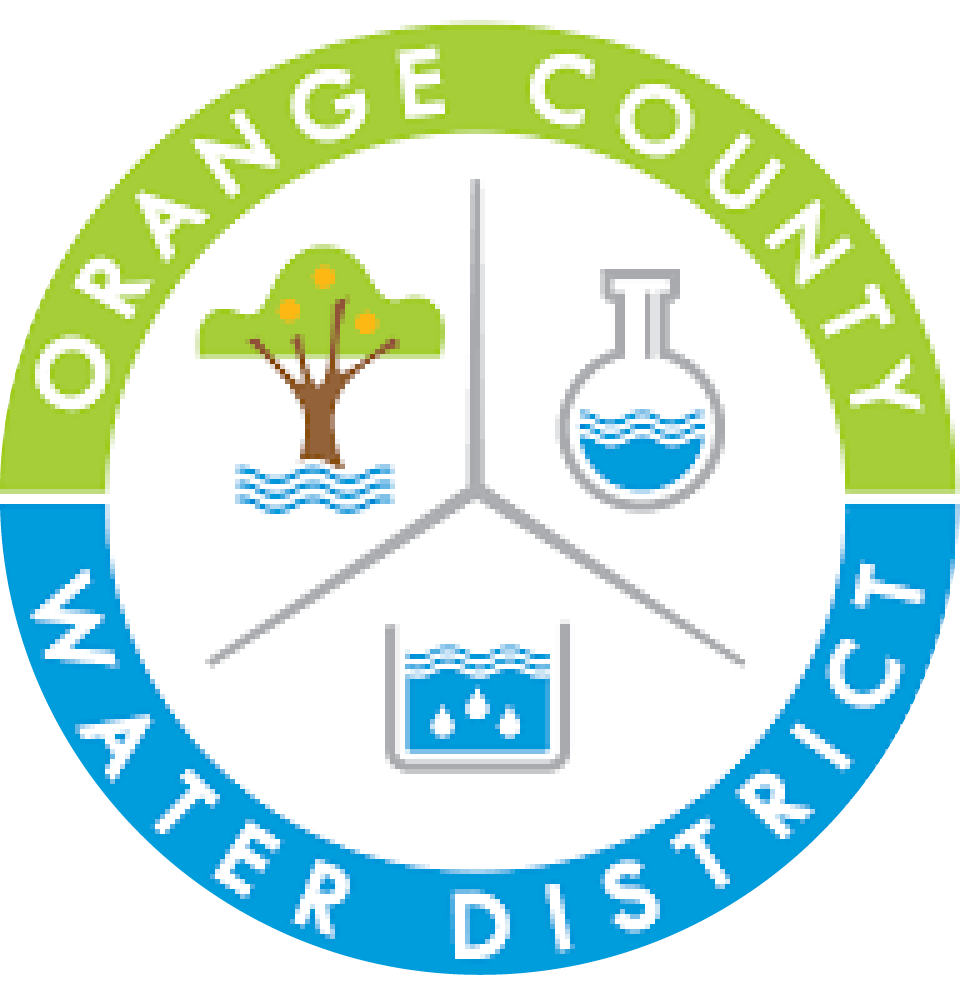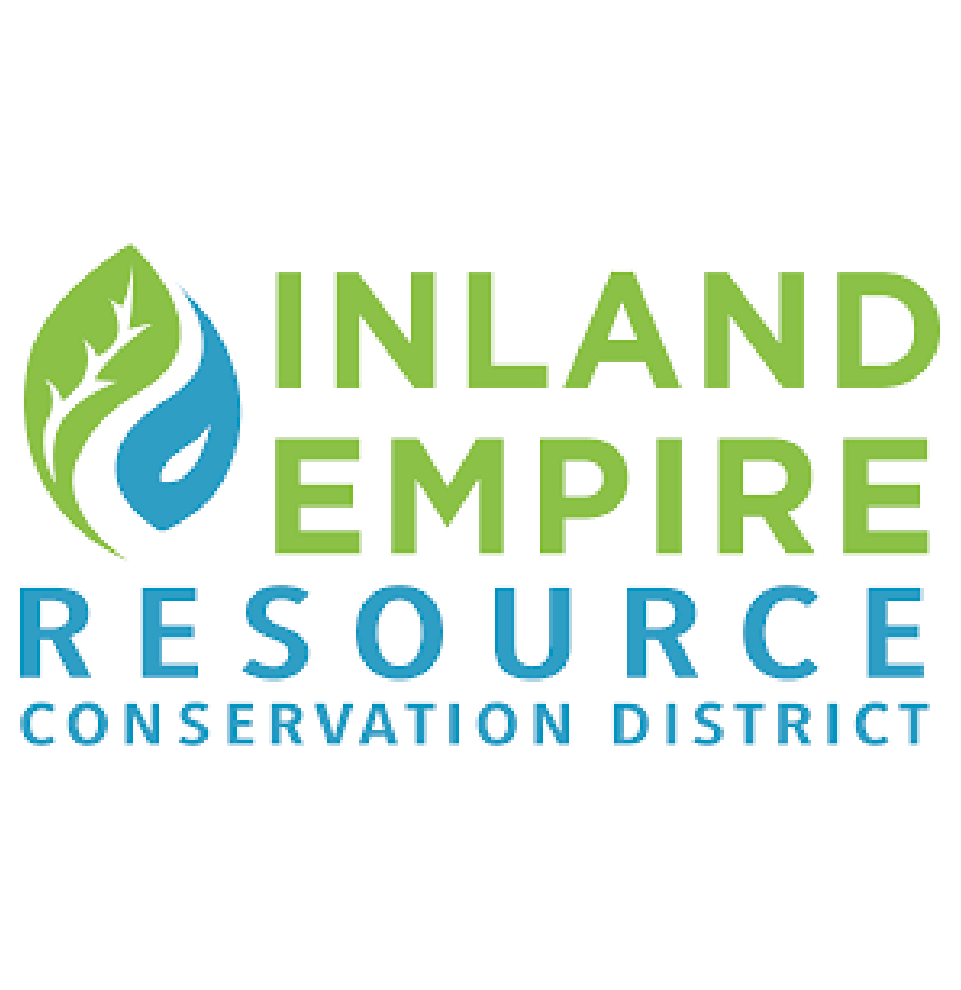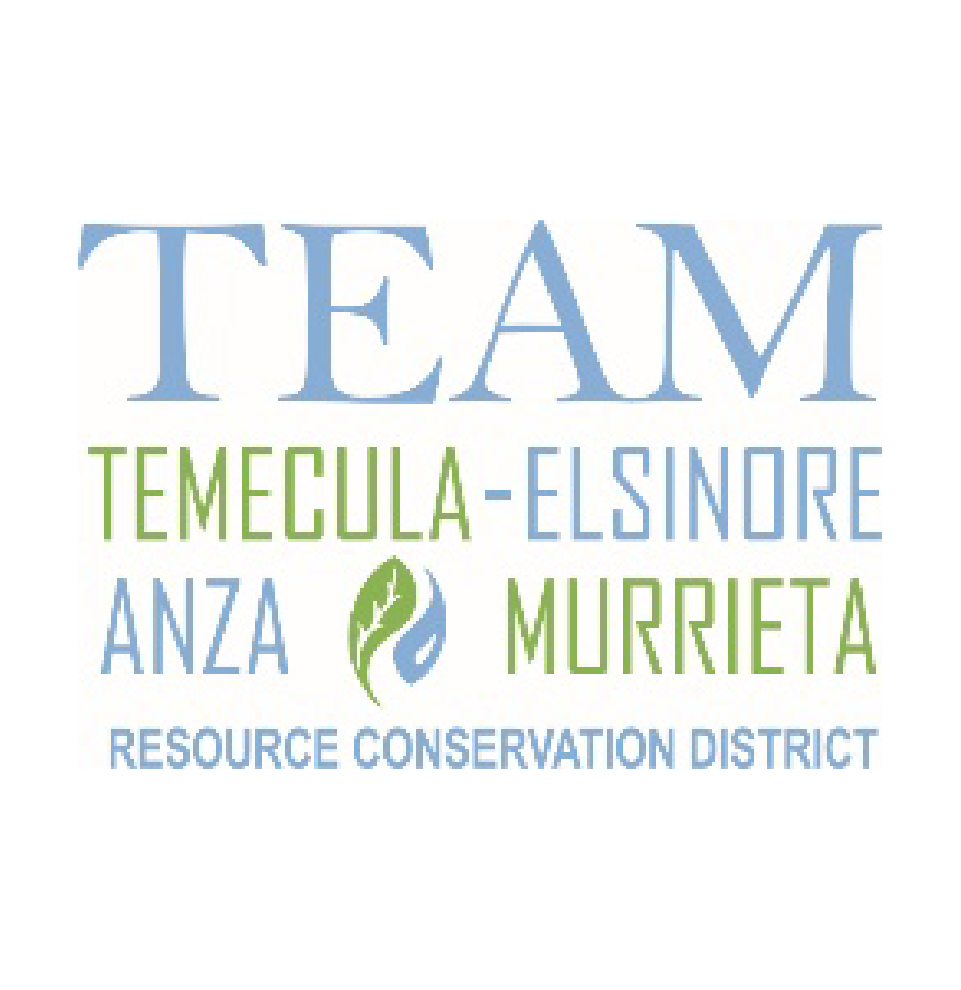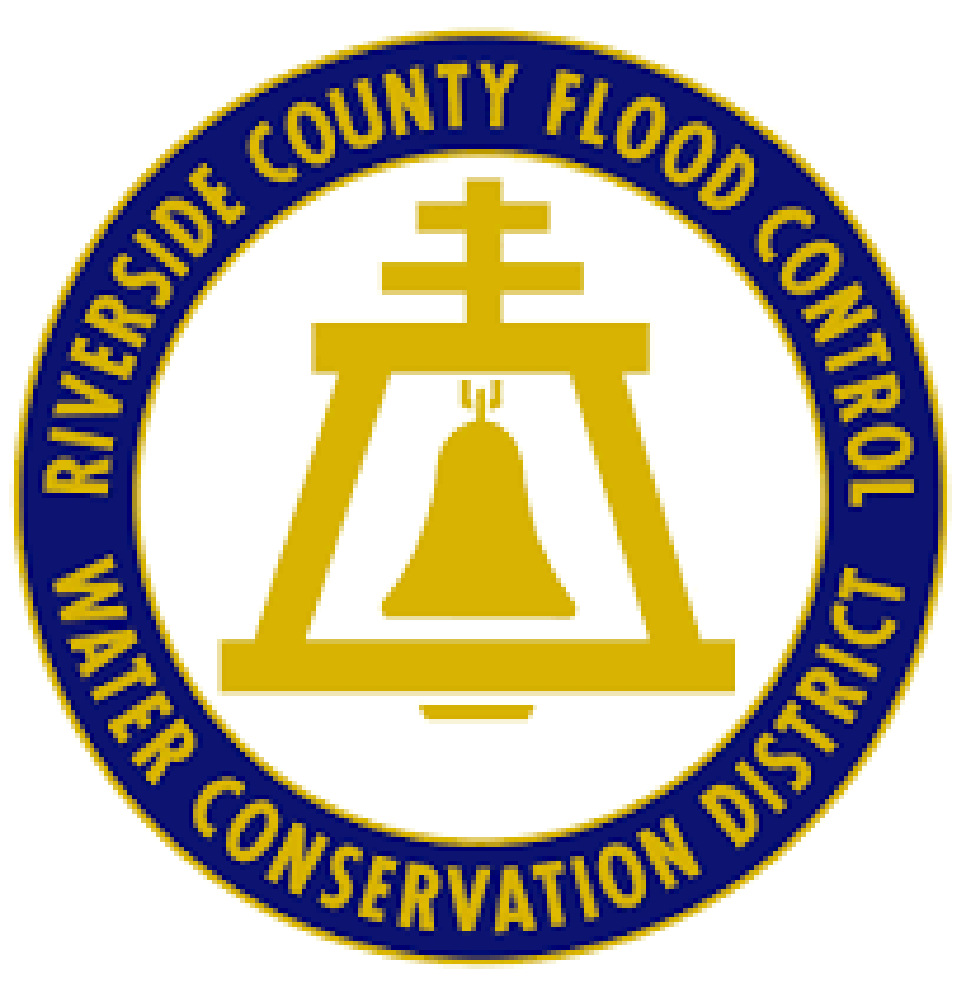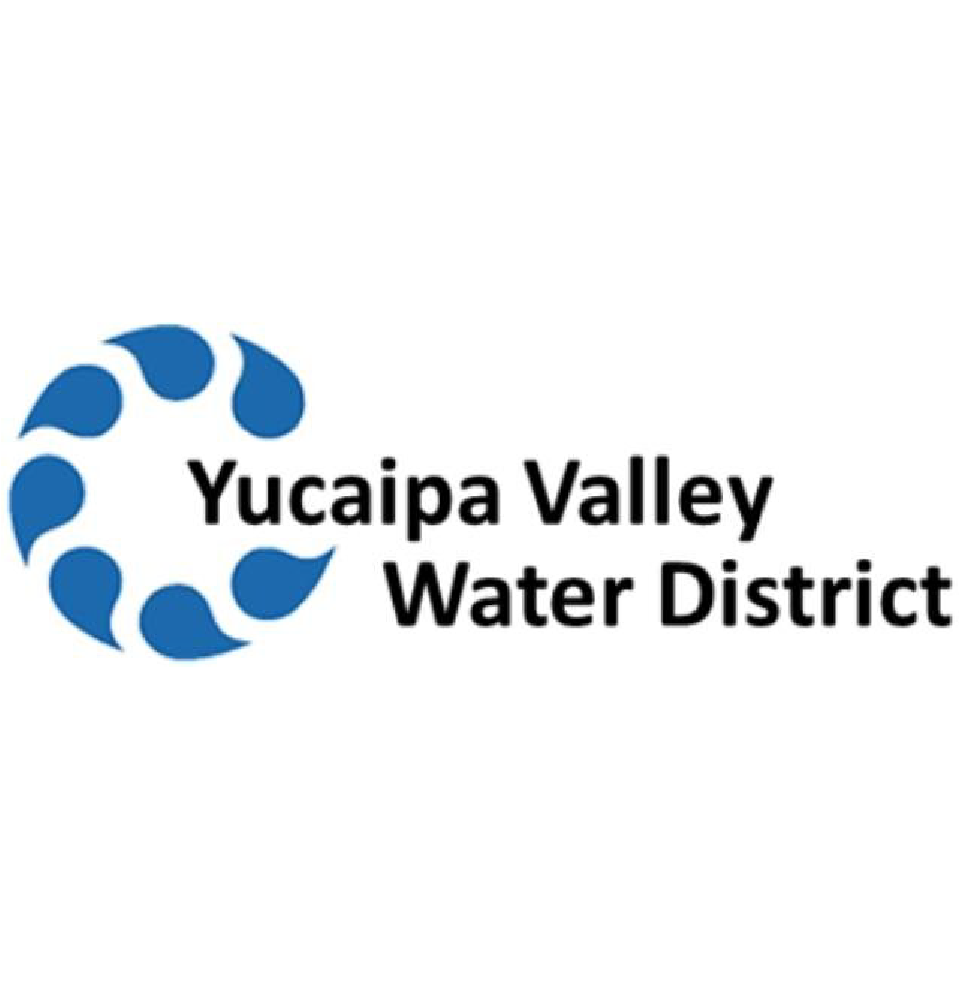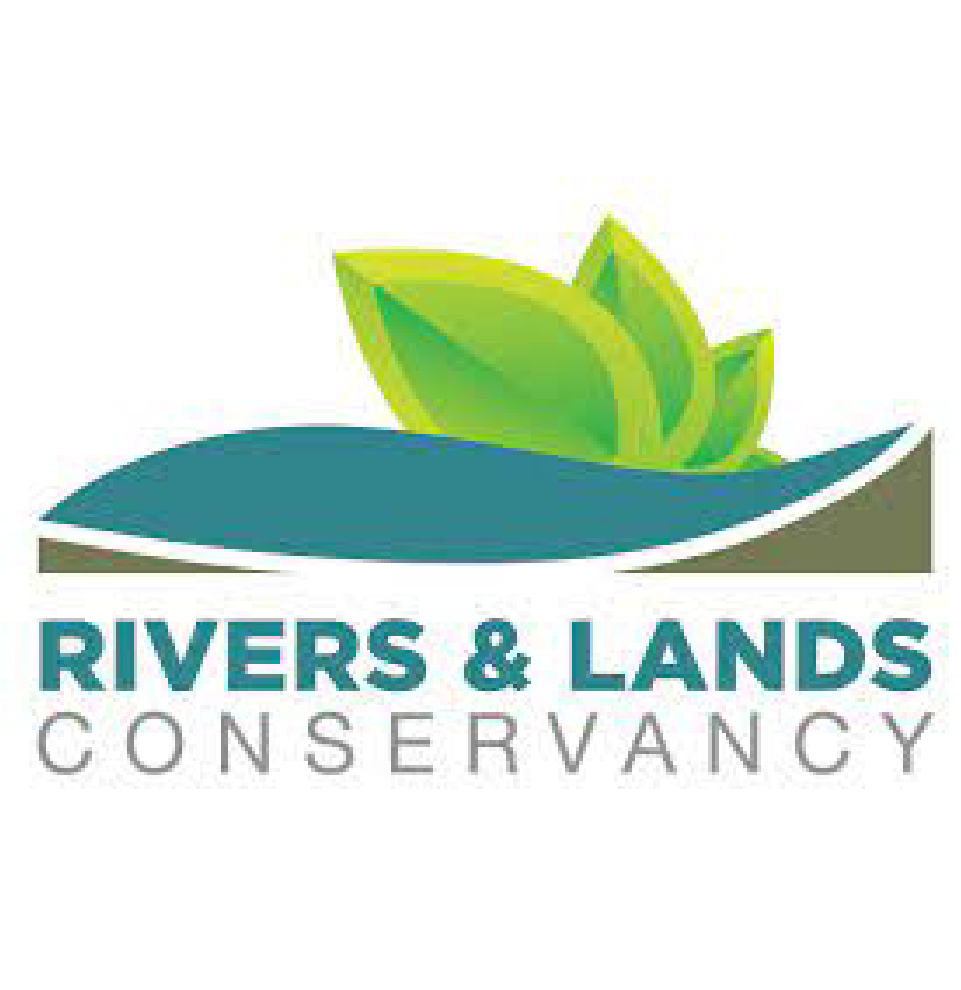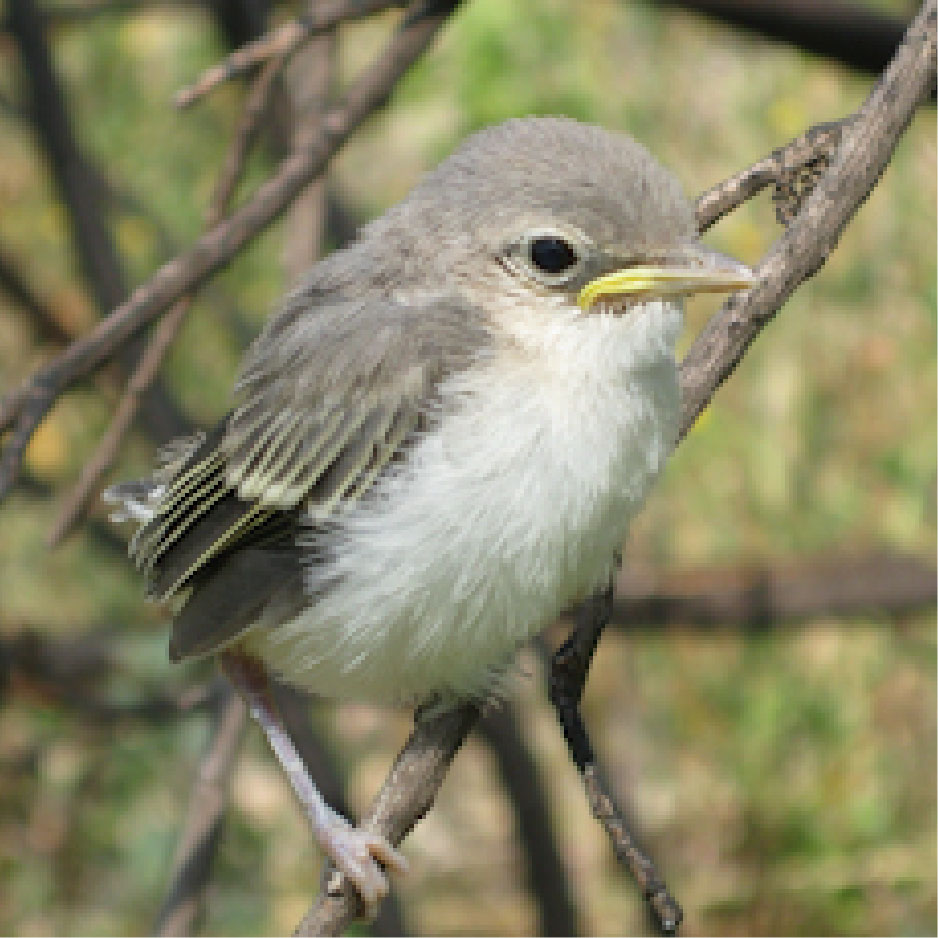Biological Monitoring
Our expert biologists provide wide-ranging biological services, including surveys, field studies, habitat assessments, and endangered species and vegetation monitoring.
Providing Wide-Ranging
Biological Services
SAWA’s Wildlife and Habitat Management Services biologists play an active role in restoring the watershed by performing field studies involving birds, bats, reptiles, amphibians, small mammals and plants. Our biologists also monitor animals and plants during removal of invasive species to protect wildlife from potential impacts during restoration. SAWA biologists are permitted local experts on the endangered Least Bell’s Vireo and Brown-headed Cowbird management. They document all known vireo territories and monitor the bird’s nests to help recovery efforts of this species. Though all of SAWA’s biologists are considered local experts on the Least Bell’s Vireo, they each have a variety of backgrounds and taxa specialties. The Wildlife and Habitat Management Services staff produce quality comprehensive reports for all projects.
SAWA biologists conduct various services, including endangered species monitoring and breeding.
OUR BIOLOGISTS FOCUS ON:
WINTER BIRD
SURVEYS
POINT-COUNT
SURVEYS
RAPTOR
SURVEYS
HERPETOLOGICAL
SURVEYS
AQUATIC SPECIES
SURVEYS
CAMERA-TRAP
MONITORING
HABITAT
ASSESSMENTS
VEGETATION MONITORING
(CRAM CERTIFIED)
In addition to monitoring vireo and supporting SAWA’s restoration activities, biologists monitor nests of the endangered California Least Tern Colony in Huntington Beach and conduct surveys for other threatened and endangered species, such as the California Gnatcatcher, Southwestern Willow Flycatcher, Coastal Cactus Wren, Stephens’ and San Bernardino Kangaroo Rat, and the Santa Ana Sucker.
Biologists also support community environmental activities by surveying sites before clean-ups and flagging sensitive areas. Local government agencies contact SAWA biologists when analyzing projects to get information on where endangered and sensitive species are located within the watershed.
Biological Monitoring,
Management & Reporting
SAWA biologists are graduates of accredited universities with bachelor’s or master’s degrees in Wildlife Biology, Zoology or closely related fields. They have more than 50 years of combined experience with Least Bell’s Vireo monitoring, Brown-headed Cowbird management and a variety of local flora and fauna studies.
The department consists of a manager, supervisor and six specially trained biologists. Our manager, supervisor and biologists are experts in Least Bell’s Vireo monitoring and Brown-headed Cowbird management. Each biologist works on various other plant and wildlife studies, some of which are listed in the Projects Section. SAWA also employs 7 to8 seasonal cowbird assistants during the vireo’s nesting season (March 15-July 31)
SAWA Biological Monitoring Staff
KEY MANAGEMENT PERSONNEL
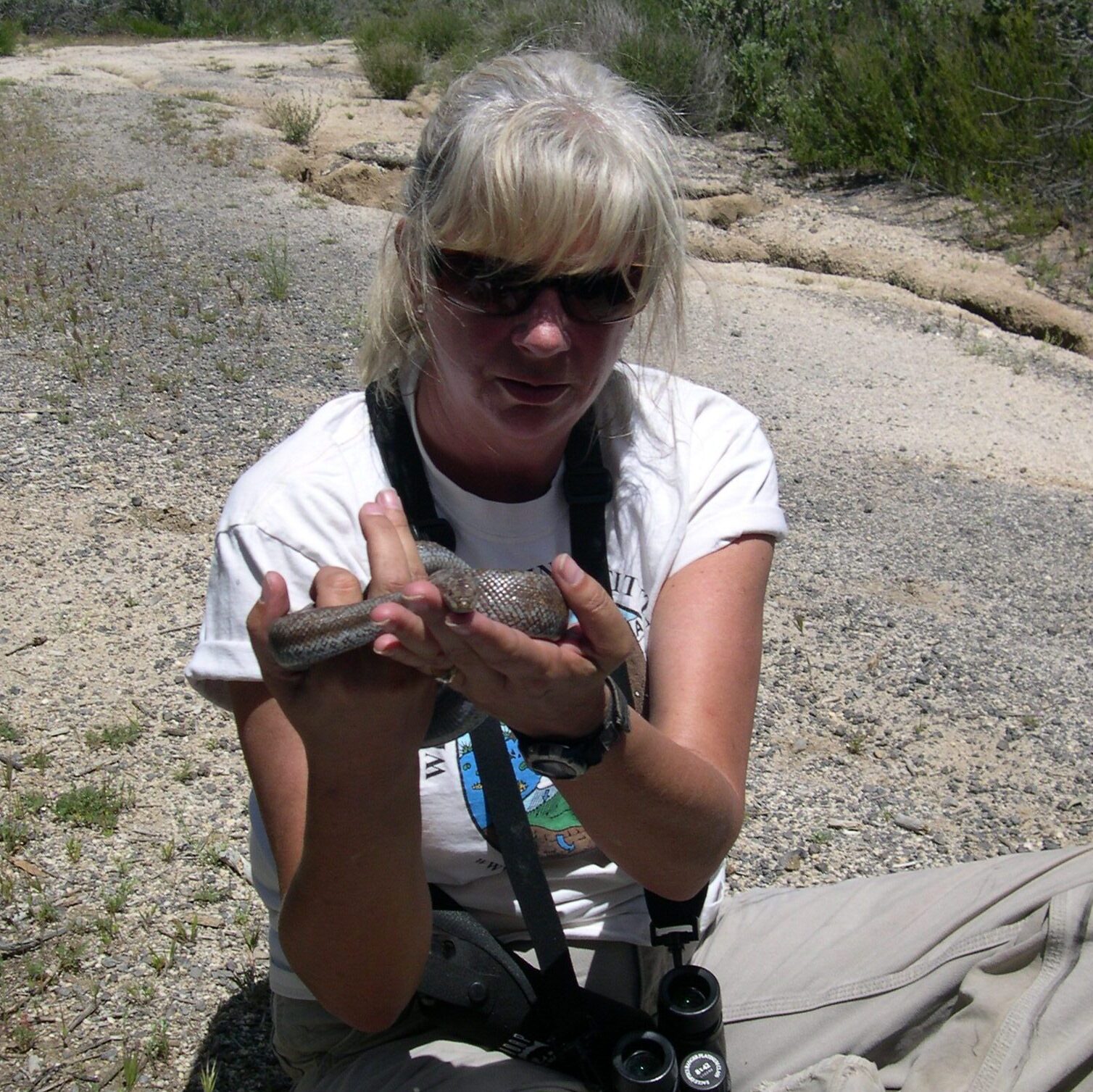
Melody Aimar
Biological Monitoring Programs Manager
maimar@sawatershed.org
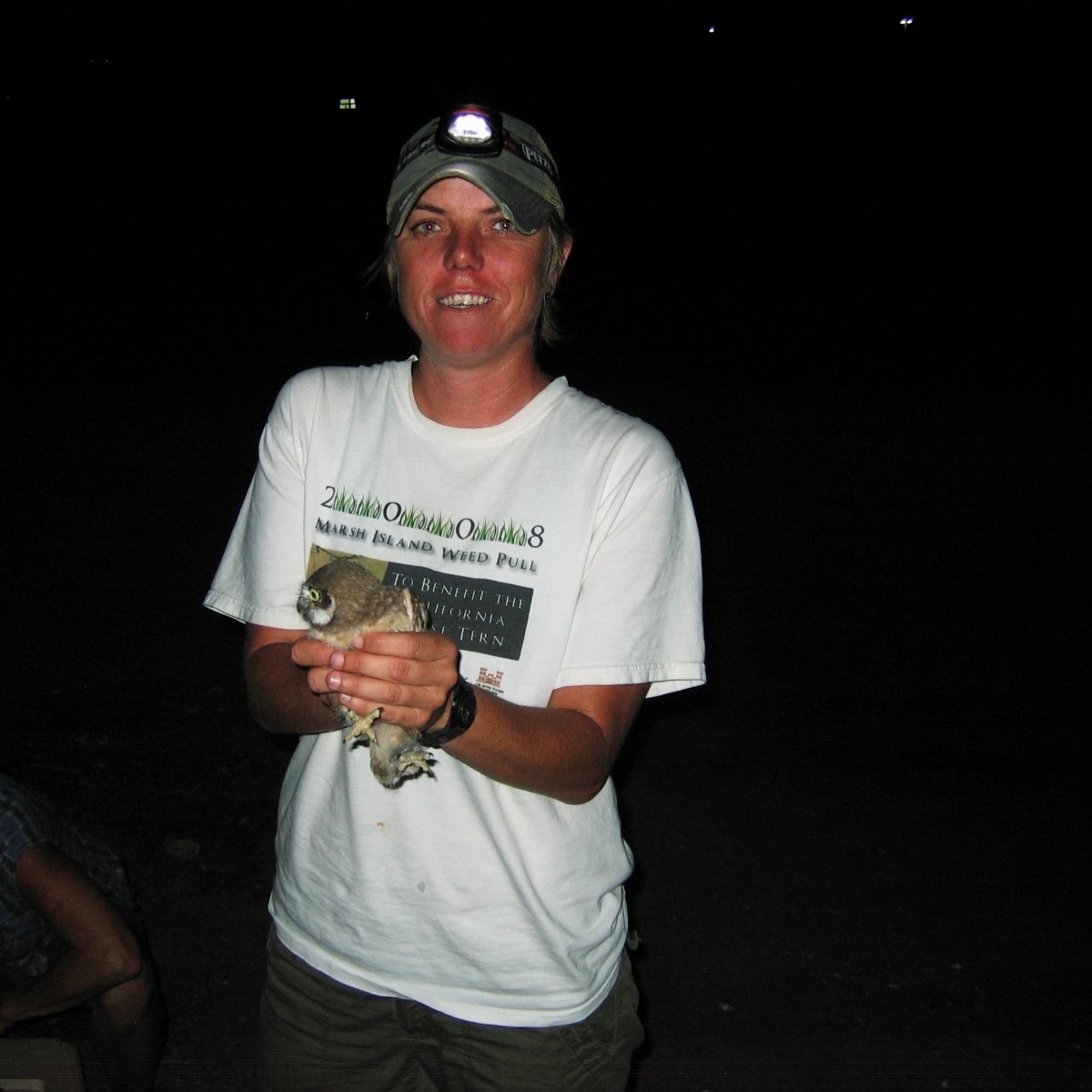
Allyson Beckman
WHMS, Biologist Supervisor
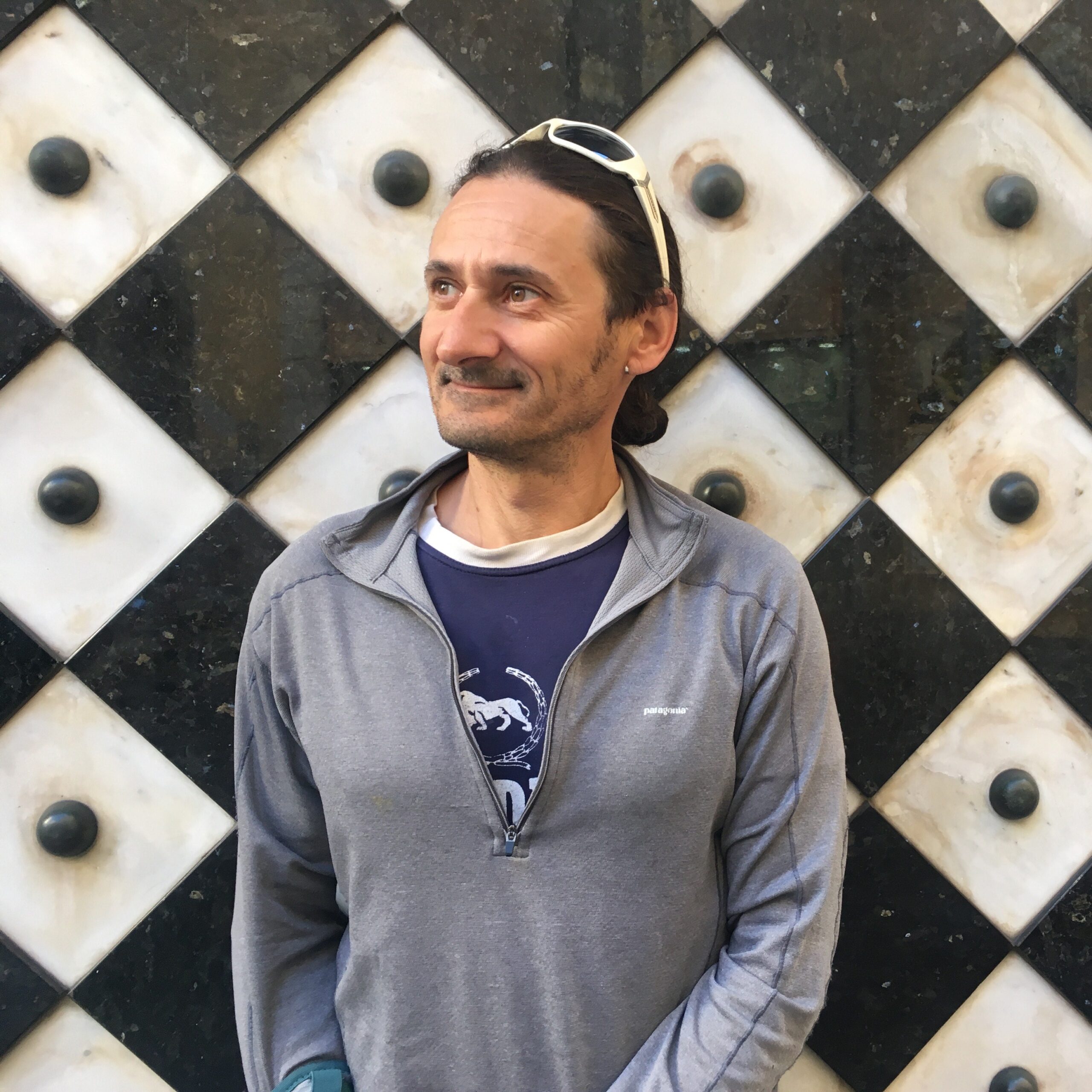
Andrea Campanella
MSHCP, Biological Monitoring Program, Biologist Supervisor
SAWA Wildlife Habitat
Management Department Projects
SAWA is currently working on two wide-ranging projects. The first runs along Reach 9 of the Santa Ana River in Riverside and Orange County for the U.S. Army Corps of Engineers (USACE). The other is along Reach 3B in San Timoteo Canyon, within Riverside and San Bernardino Counties, for the USACE and USFWS. The following are the services included in these major projects: projects
USFWS/USACE – REACH 9 MAINSTEM PROJECT
This project includes Least Bell’s Vireo Monitoring, Brown-headed Cowbird Management and Agency Coordination
USFWS/USACE – REACH 3B SAN TIMOTEO CANYON
This project includes Least Bell’s Vireo Monitoring, Brown-headed Cowbird Management, Agency Coordination, Breeding and Wintering Bird Surveys, Herpetofauna Surveys, Raptor Surveys, Small Mammal Surveys and Nesting Bird Avoidance Monitoring.
SAWA WHMS Monitoring and
Management Services
In addition, SAWA’s Wildlife Habitat Management Department conducts a wide range of activities for numerous entities, including small mammal surveys, camera trap surveys, bat presence/absence surveys, baseline biodiversity inventories, nesting bird avoidance monitoring, and habitat assessment. Scroll down the page below for details on these services
Least Bell’s Vireo Monitoring
The Least Bell’s Vireo is a songbird that lives in Southern California creek-side habitats. These birds have come to California for hundreds of years to nest and raise their young.
Brown-headed Cowbird Management
The Brown-headed Cowbird is a brood parasite, which means it lays its eggs in another bird’s nest. Unfortunately, to the vireo and hundreds of other native bird species, when this occurs, the hosts’ young usually do not survive.
California Gnatcatcher Protocol Surveys
The California Gnatcatcher is a small songbird typically found in coastal sage scrub habitat that is a year-round resident in Southern California. This species was listed as threatened by the USFWS in 1993 and is considered a species of concern in California.
Breeding/Wintering Bird Surveys
SAWA biologists conduct breeding and wintering bird surveys at multiple locations within the watershed. These surveys document changes in avian diversity and breeding activities in areas where habitat restoration or other habitat alterations (e.g., fire) may occur.
Certifications and Permits
SAWA’s WHMS manager, supervisor and biologists are listed on the following permits:
- U.S. Fish and Wildlife
Service, 10(a)(1)(A)
Recovery Permit
Covered species: Santa Ana Sucker, Least Bell’s Vireo, Southwestern Willow Flycatcher, California Gnatcatcher, California Least Tern, Stephens’ Kangaroo Rat, San Bernardino Kangaroo Rat .
- U.S. Fish and Wildlife Service, Migratory Birds – Salvage
- U.S. Fish and Wildlife Service, Brown-headed Cowbird Trapping
- California Department of Fish and Wildlife (Coastal) MOU
Covered species: California Least Tern, Cactus Wren.
- California Department of Recreation-State Park
- Scientific collection permit (entity)
- California Department of Fish and Wildlife
- Scientific collection permit (entity)
Department Clients
SAWA’s WHMS department collaborates with several agencies, districts and NGOs, including the U.S. Fish & Wildlife Service (USFWS), California Department of Fish and Wildlife (CDFW), U.S. Army Corps of Engineers (USACE), U. S. Forest Service (USFS), California State Parks, California Department of Water Resources (DWR) and the Regional Water Quality Control Board (RWQCB), as well as member and local agencies listed below:
